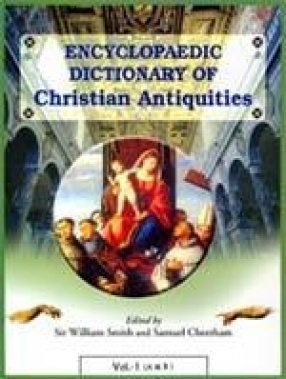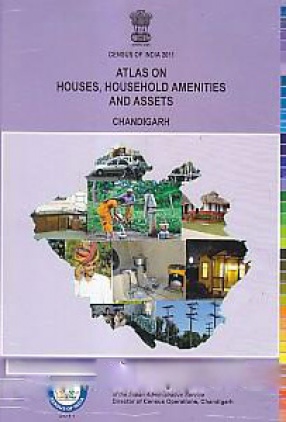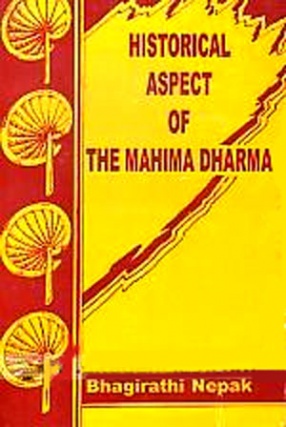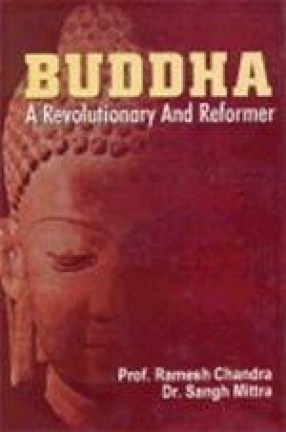This 9 Volume Dictionary is offered as a sequel to the Dictionary of the Bible – a monumental compilation, in 10 volumes, presenting “the antiquities, biography, geography, and natural history†of the Old Testament, New Testament, and Apocrypha. Together with the Dictionary of Christian Biography, Literature, and Doctrines it seeks to provide “a complete account of the leading personages, the institutions, art, social life, writings and controversies of the Christian Church: from the time of the Apostles to the age of Charlemagneâ€. It aptly ceases at the Age of Charlemagne, for the reign of this monarch was considered to serve as the important link between the ancient and the modern between the civil and ecclesiastical history. Beginning, thus, from the period at which the Dictionary of the Bible leaves off, this work explains, in meticulous detail, every aspect of the organization of the Church, its officers, legislation, discipline and their worship and ceremonials, with the accompanying music, vestments, instruments, vessels and insignia; their sacred places; their architecture and other forms of art; their symbolism; their sacred days and seasons; and the graves or Catacombs in which they were laid to rest. Both exhaustive and authoritative this Dictionary, published in 1876, is a rare work of enormous interest to the scholars of the Bible, Church history and Christian Studies.
Encyclopaedic Dictionary of Christian Antiquities (In 9 Volumes)
In stock
Free & Quick Delivery Worldwide
reviews
Bibliographic information
Title
Encyclopaedic Dictionary of Christian Antiquities (In 9 Volumes)
Author
Edition
Reprint
Publisher
ISBN
8172681119
Length
xvi+254p., xvi+255-523p., xvii+524-704p., xvi+705-869p., xvii+870-1069p., xvi+1070-1366p., xviii+1367-1529p., xvii+1530-1822p.,
Subjects





There are no reviews yet.